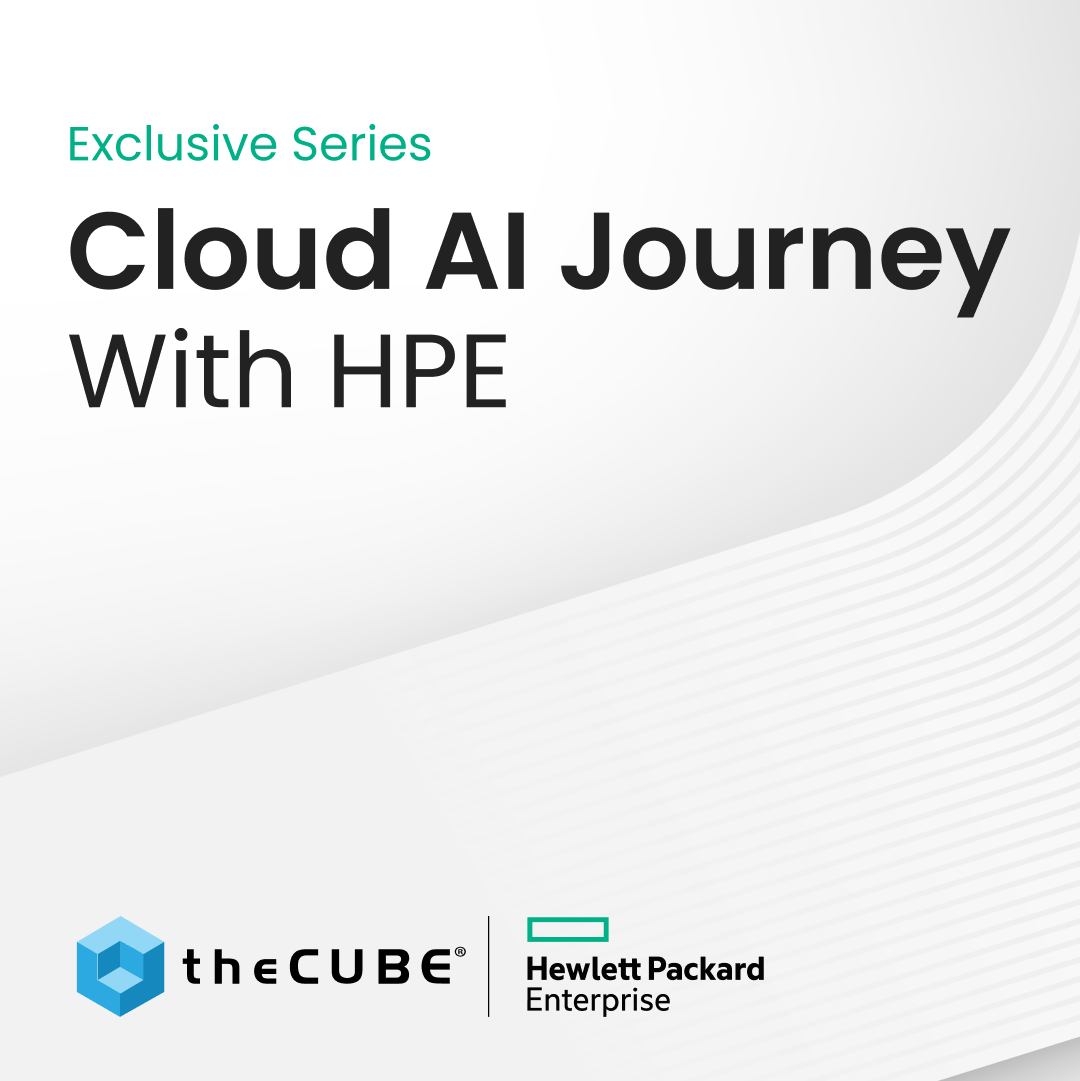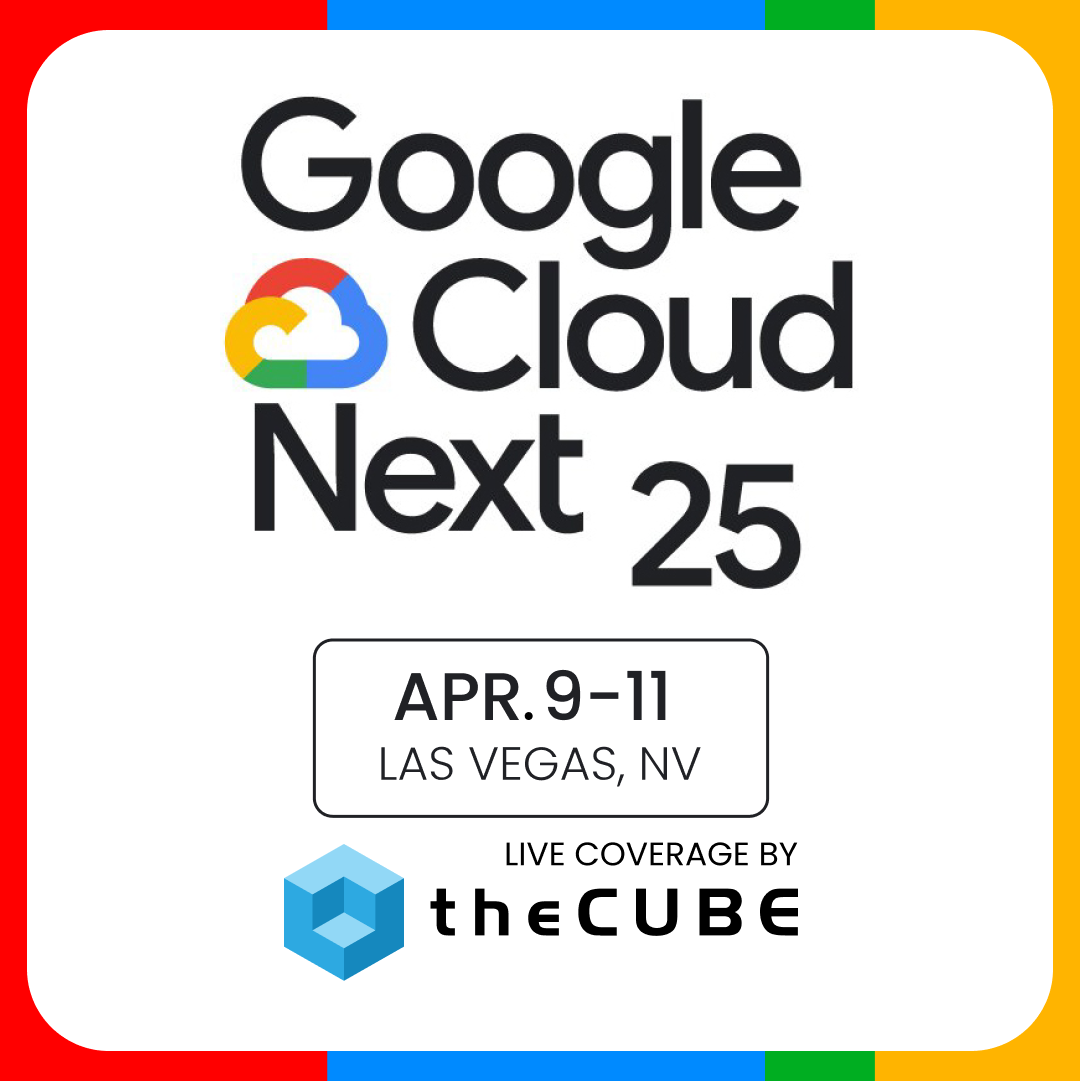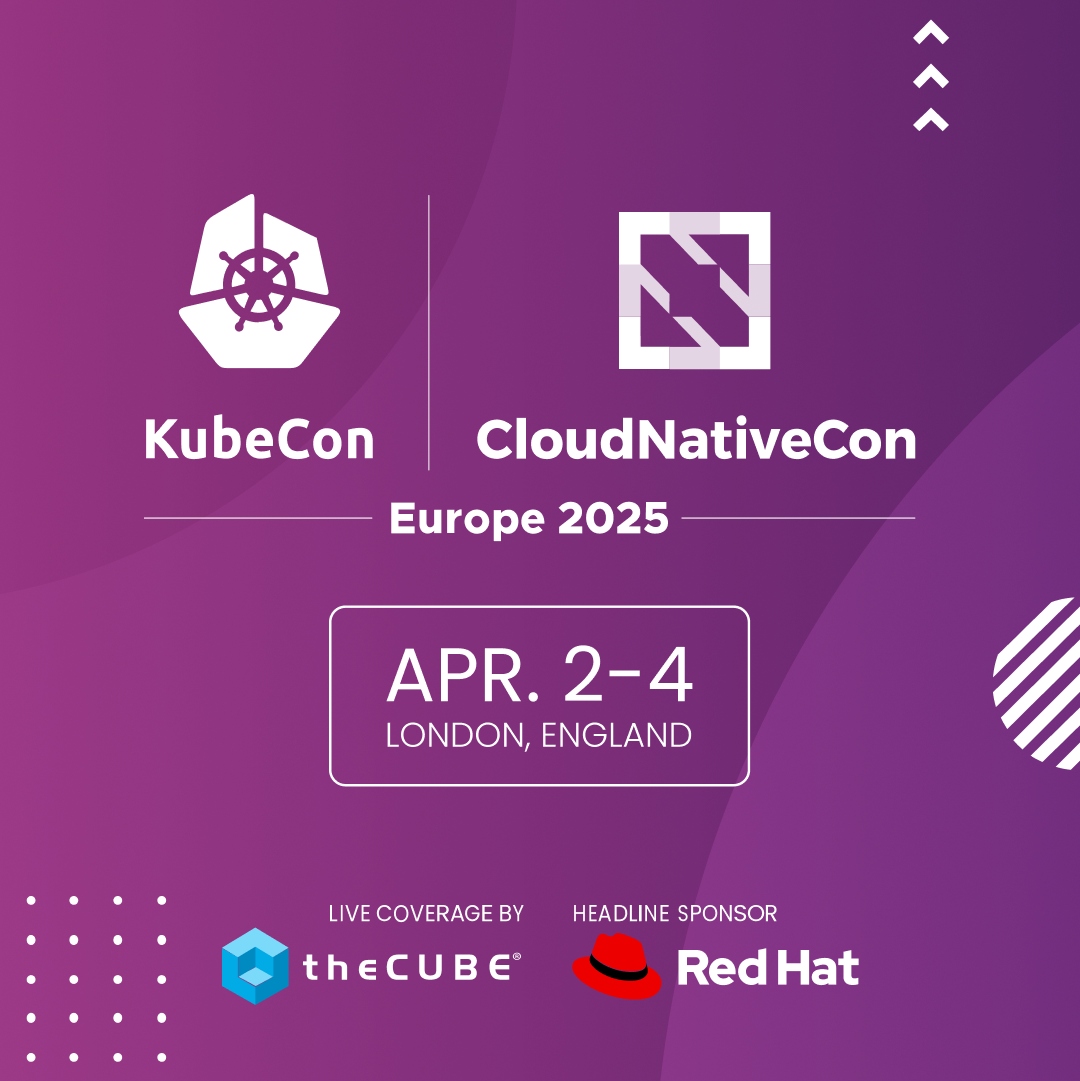Jeremy Burton: “Don’t Fight Fashion.”| #EMCworld
![]() With this year’s EMC World 2014 Conference, SiliconANGLE’s theCUBE celebrates its 5th anniversary of broadcasting live from tech events and conferences around the globe. One of the first guests ever to appear behind theCUBE desk was Jeremy Burton, who now serves as the President of Products and Marketing for EMC. Hosts John Furrier and Dave Vellante welcomed him back today to discuss whether or not his vision for EMC has become reality, as well as the evolution of marketing EMC in an ever noisier world.
With this year’s EMC World 2014 Conference, SiliconANGLE’s theCUBE celebrates its 5th anniversary of broadcasting live from tech events and conferences around the globe. One of the first guests ever to appear behind theCUBE desk was Jeremy Burton, who now serves as the President of Products and Marketing for EMC. Hosts John Furrier and Dave Vellante welcomed him back today to discuss whether or not his vision for EMC has become reality, as well as the evolution of marketing EMC in an ever noisier world.
In his initial appearance, Burton had explained how he wanted to help EMC become a global company at the same time as defining the narrative in a changing technological landscape. Five years on, with the current conversation centering on Cloud meeting Big Data, Furrier asked, “Are you happy where you are right now?”
Be part of the conversation
.
Burton acknowledged that the most important trait for a company to possess today is to be part of the conversation.
“If you are at a company where customers don’t think you are relevant to the future, you might as well not exist,” he said. “EMC has established relevancy in Cloud and Big Data.”
As concepts, customers have pretty well wrapped their heads around those two ideas. “Customers now want to know how to move forward,” Burton explained. “A lot of new applications and the infrastructure are going to be fundamentally different.” EMC, in Burton’s eyes, is responsible for helping customers to navigate the emerging landscape.
Since Burton joined EMC, a major feature of the new landscape is Flash storage, which he sees as being quite a significant development.
“You want to be on the front foot and I think we are [regarding Flash]. The thing you can’t ignore is that the reality is, in the next four years, a three percent of global storage will be on Flash,” he stated. EMC is aiming to make the transition between Flash and hard drive as seamless as possible, allowing them to work together.
Can ViPR hold its own?
.
“Don’t fight fashion,” Burton explained. “If the term that people understand is ‘Elastic’, then use ‘Elastic’. It’s speaking the language customers already understand.”
The ViPR product offered by EMC is their answer to software-defined storage trends, but has yet to prove itself in the market. Vellante wanted to know if ViPR was intending to stand against Hadoop, or work with it in some way.
“We think the world of Hadoop,” Burton said. “We just don’t believe in one size fits all and that is what ViPR was produced for.” He explained further that Isilon, a key component to the ViPR Cloud storage platform, is a Swiss Army knife for Big Data, able to be used in many specific and different ways.
Tackling software-defined, cloud trends
.
Another product offering by EMC is Nile which takes aim at the Elastic Cloud Storage market. EMC’s wading into Elastic Cloud with Nile led Furrier to note that the term ‘Elastic’ has, in the recent past few years, become relatively common. “Amazon has Re:Invent. You have REDEFINE. They use Elastic. You use Elastic. Is that by design,” he asked?
“Don’t fight fashion,” Burton explained. “If the term that people understand is ‘Elastic’, then use ‘Elastic’. It’s speaking the language customers already understand.”
- On open source and attracting developers
Burton also commented on EMC’s commitment to the open source community. This commitment, says Burton, is what will continue to attract developers.
“Cloud Foundry is one of the most strategic assets we have in the entire federation,” he noted. “We look at it that we have to surface upcoming products through Cloud Foundry and we are going to attract developers that way.” He went on to state that simply saying you are open source will not cut the mustard. “Your influence in the community will be based on the amount of code you contribute to the community.”
That being said, EMC does still maintain IP within their organization. Currently, according to Burton, there is a vigorous internal debate within the company on whether or not ViPR will remain IP or be released to the open source community. “We haven’t pulled the trigger on that yet,” he said.
As the conversation drew to a close, Furrier and Vellante turned the focus of the interview from products back to marketing. Burton believes, with the advent of social media being paired with both paid media and earned media, that the means of marketing must adapt.
“I’m kind of a broken record on this,” he began. “Seventy to eight percent of what marketers do needs to change.” In the age of social media, quality content is king, according to Burton. “If you have something to say, people will listen and listen in the thousands.”
He believes marketing teams within organizations must be re-tooled so that they are generating quality content and not spam content.
Frequent viewers of theCUBE are probably familiar with what is often Furrier’s final question. Wrapping up the interview, he asked Burton to put a bumper sticker on the back of the truck that is leaving this year’s EMC World 2014.
“It’s really about ‘Bridge to the 3rd Platform’,” Burton responded. “Everyone here has made a career on second platform and if they stick with EMC, we will take them there.”
Photo Credit: http://en.wikipedia.org/wiki/File:BismarckundNapoleonIII.jpg#file
A message from John Furrier, co-founder of SiliconANGLE:
Your vote of support is important to us and it helps us keep the content FREE.
One click below supports our mission to provide free, deep, and relevant content.
Join our community on YouTube
Join the community that includes more than 15,000 #CubeAlumni experts, including Amazon.com CEO Andy Jassy, Dell Technologies founder and CEO Michael Dell, Intel CEO Pat Gelsinger, and many more luminaries and experts.
THANK YOU













